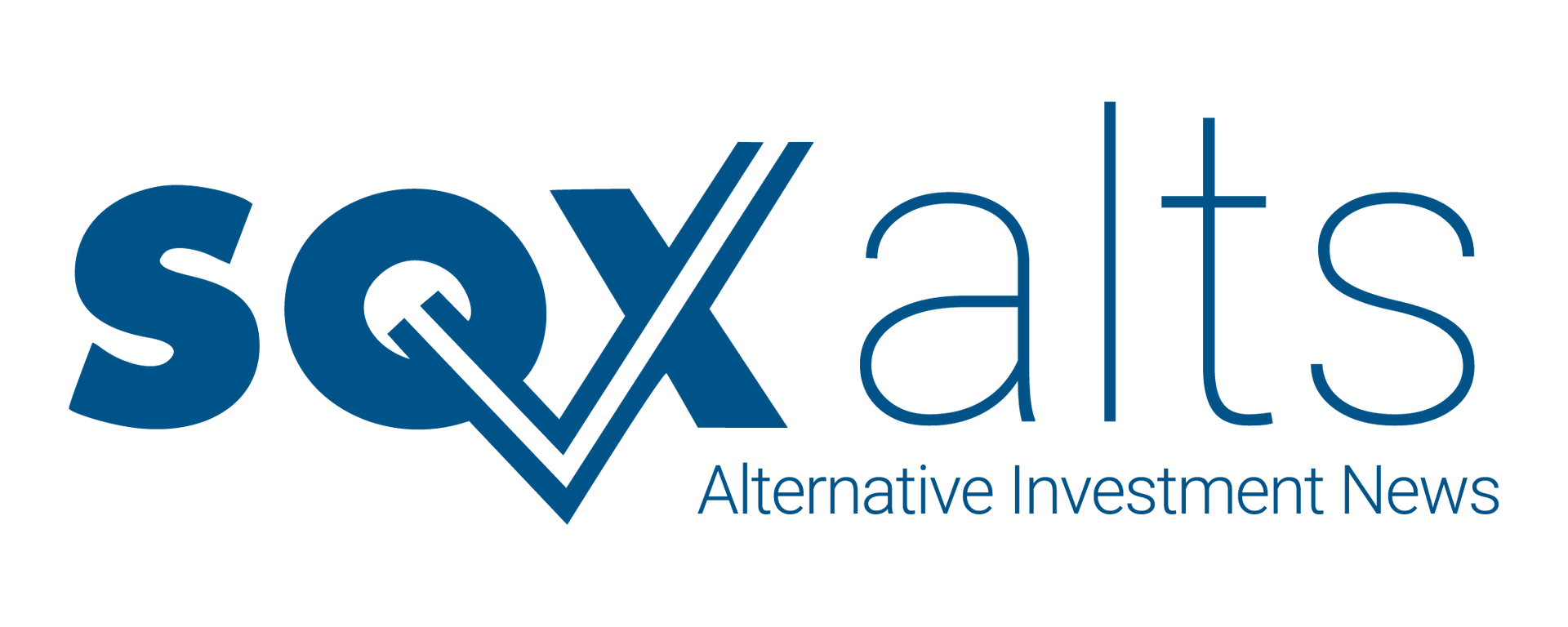Beam Advances Gene Editing Programs
The company bolsters its pipeline with promising data in AATD and sickle cell disease, backed by a strong $1.2B cash position.
August 06, 2025

Beam Therapeutics Reports Robust Progress in BEAM-302 and BEAM-101 Trials, Eyes 2026 Milestones
Beam Therapeutics is gaining ground in two of its highest-profile clinical programs. In the second quarter of 2025, the company reached dosing milestones for BEAM-302 and BEAM-101—therapies targeting alpha-1 antitrypsin deficiency (AATD) and sickle cell disease (SCD), respectively. Both trials are on track to deliver critical data updates within the next year. At the same time, Beam reinforced its financial position, ending the quarter with $1.2 billion in cash, equivalents, and marketable securities. That’s expected to carry the company’s pipeline through multiple phases of development and into 2028.
AATD Program Gains Momentum
BEAM-302 is designed as a one-time treatment for AATD using in vivo base editing. Seventeen patients have now been dosed in the Phase 1/2 trial. Beam expanded dose exploration in Part A and has begun enrolling patients in Part B—extending the trial to include those with mild to moderate liver involvement. Across all dose levels tested so far, the treatment has continued to show durable activity. Beam observed dose-dependent improvements in protein correction, including reductions in mutant Z-AAT and restoration of functional M-AAT, while maintaining a well-tolerated safety profile.
The company plans to finalize dose selection for registrational development based on data from both parts of the trial. A full clinical update is slated for early 2026.
Progress in Sickle Cell Disease
Beam also completed dosing 30 patients in its BEACON Phase 1/2 study of BEAM-101, a cell therapy targeting severe SCD with vaso-occlusive crises. This includes the first adolescent patient in the trial. Enrollment for both adult and adolescent groups is now complete, and the company expects to share updated results before year-end.
Earlier this summer, Beam presented new BEACON trial data at the European Hematology Association Congress, offering longer-term follow-up and additional support for the therapy’s clinical profile. BEAM-101 was granted orphan drug designation by the FDA in June.
Regulatory Designations and Broader Pipeline Activity
BEAM-302 has also been granted both orphan drug and Regenerative Medicine Advanced Therapy designations by the FDA. These designations provide a framework for supporting therapies with the potential to treat serious or rare diseases. Meanwhile, Beam continues development of BEAM-301 for glycogen storage disease Ia and expects to begin clinical work on BEAM-103—its ESCAPE monoclonal antibody program—by the end of the year.
Financial Position and Outlook
The company’s R&D investment reached $101.8 million in the second quarter, reflecting the pace of clinical execution. General and administrative expenses were $26.9 million. Net loss for the quarter came in at $102.3 million, consistent with the company’s stage of development.
Beam expects its current capital position will support all planned R&D activity, including BEAM-101, BEAM-302, BEAM-301, and BEAM-103, into 2028. With multiple trials moving forward and key data readouts approaching, the company is positioned to deliver on several high-impact milestones in the months ahead.
Share
Read More Articles


